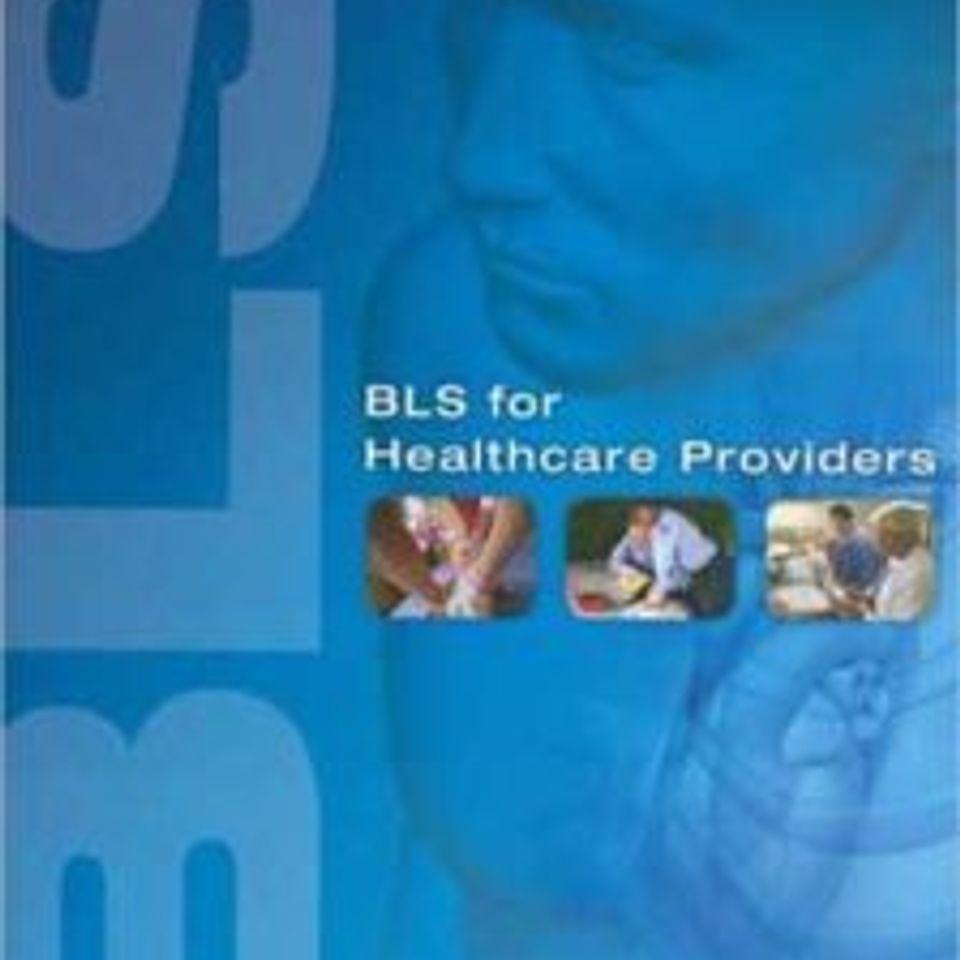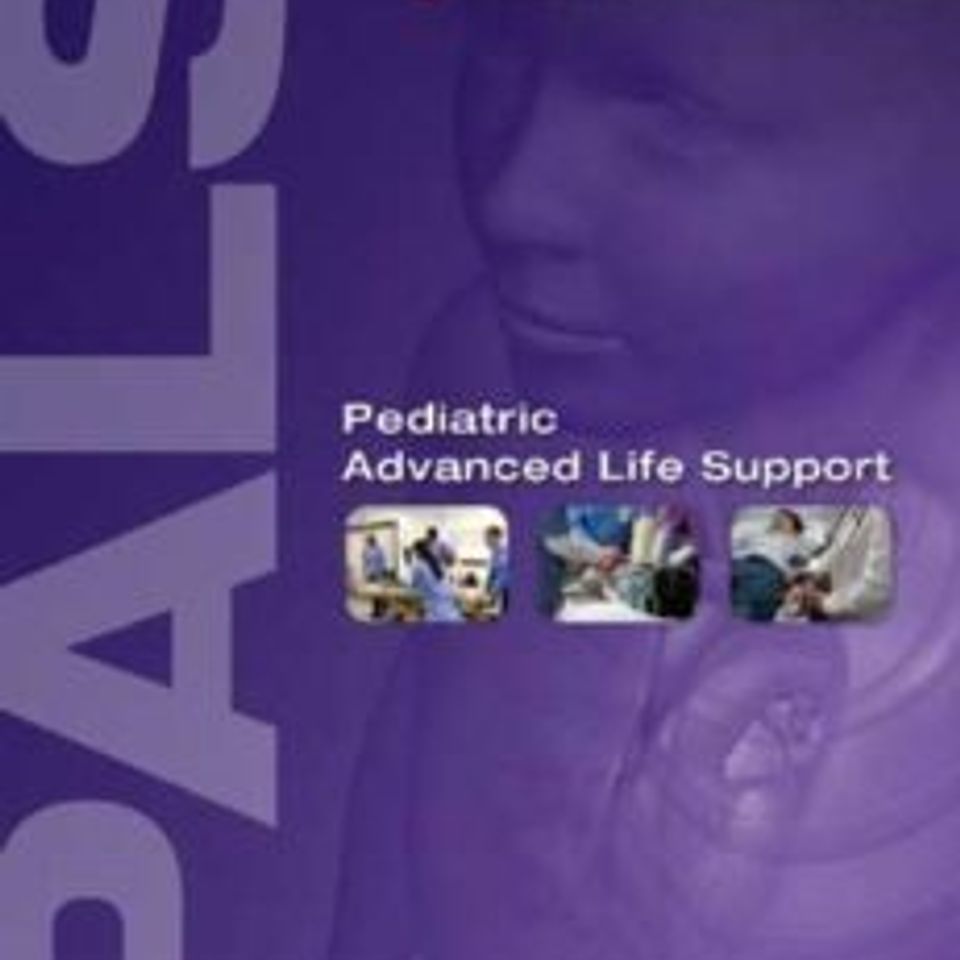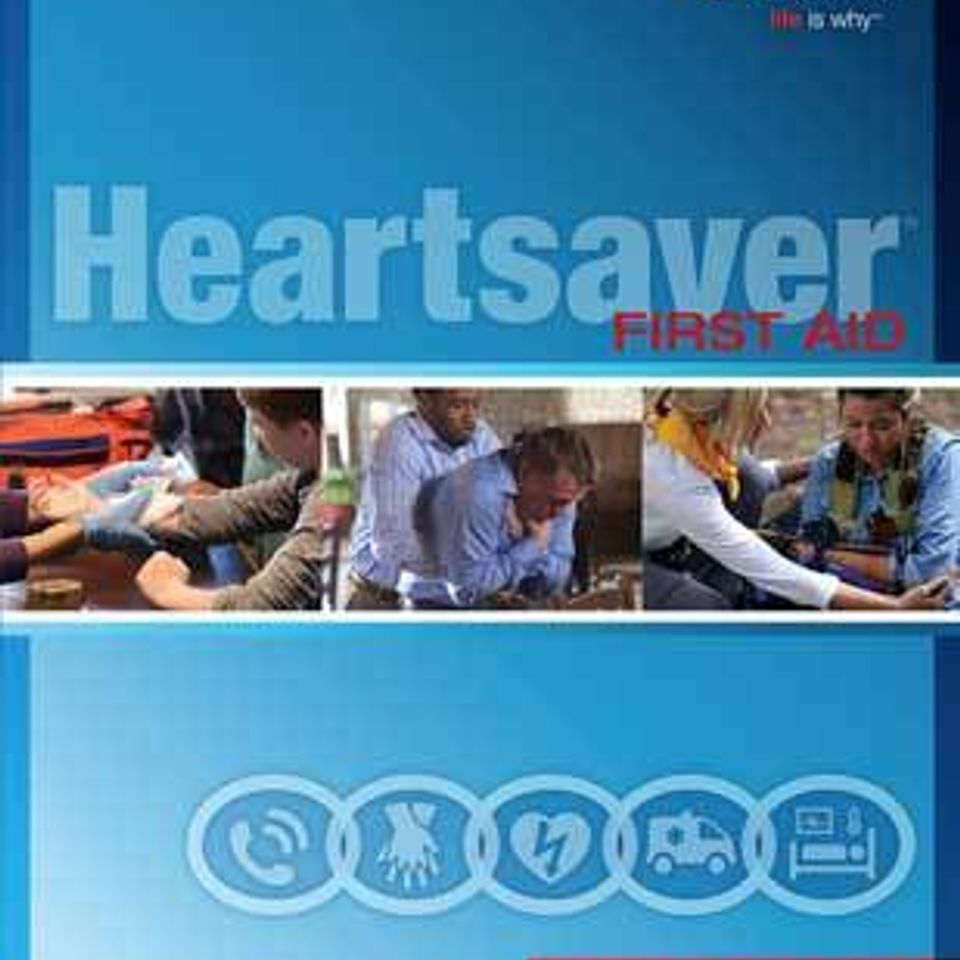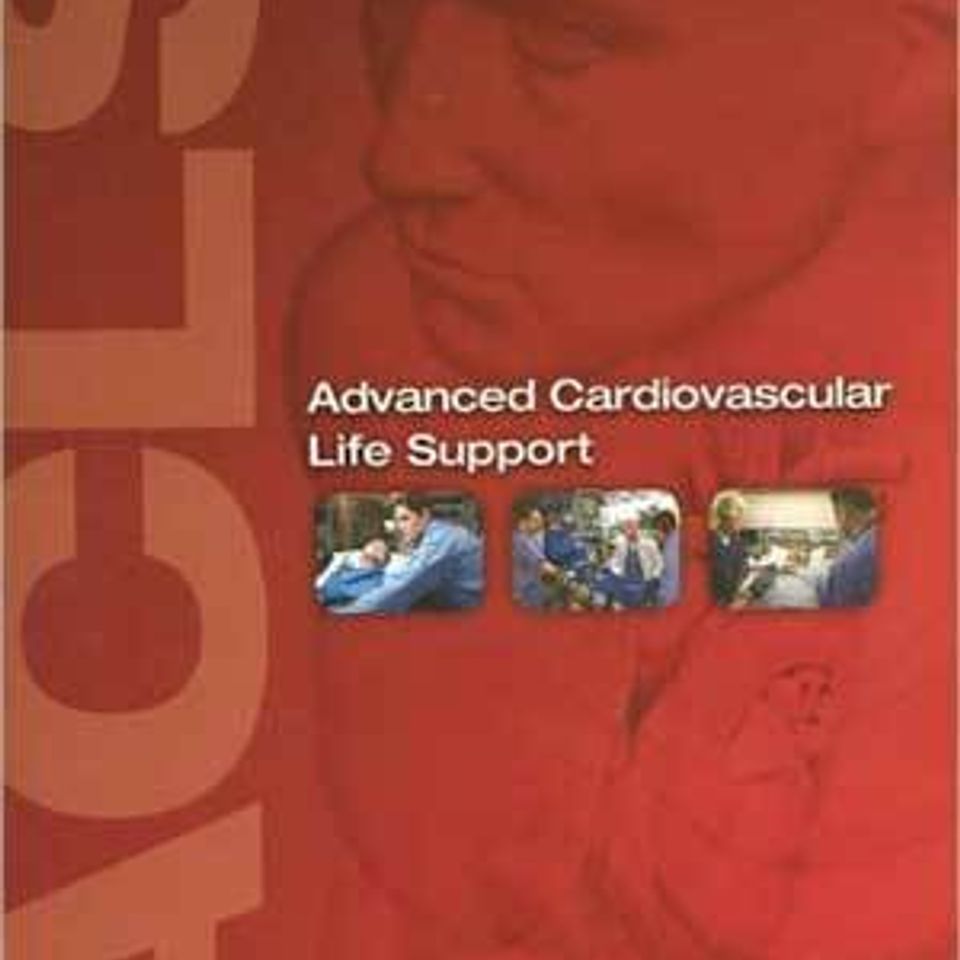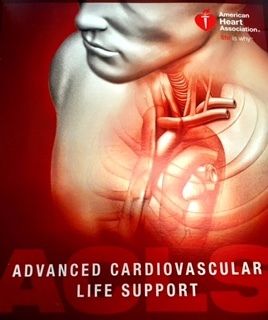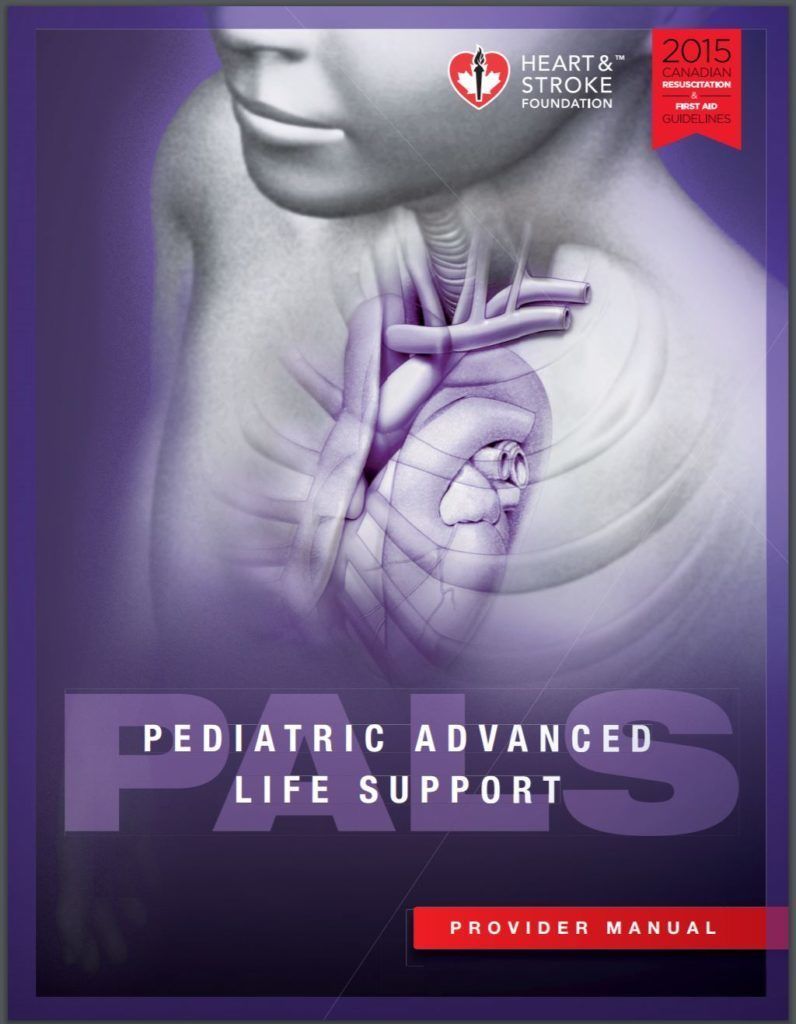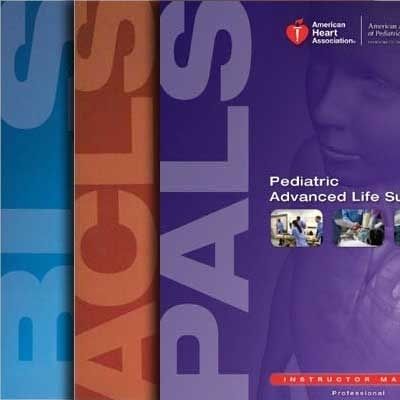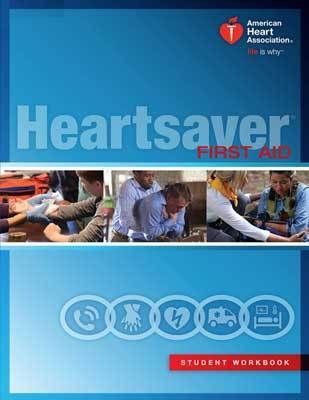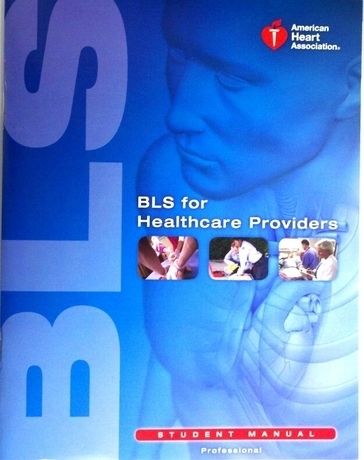
BLS Initial or Update
BLS Skills Check
The BLS (Basic Life Support)/ CPR Course trains participants to promptly recognize several life-threatening emergencies, give high-quality chest compressions, deliver appropriate ventilations and provide early use of an AED.
In the Instructor-led course, students participate in simulated clinical scenarios and learning stations. Students work with an AHA BLS Instructor to complete BLS skills practice and skills testing. Students also complete a written exam.
BLS Skills Check
The BLS (Basic Life Support)/ CPR Course trains participants to promptly recognize several life-threatening emergencies, give high-quality chest compressions, deliver appropriate ventilations and provide early use of an AED.
In the Instructor-led course, students participate in simulated clinical scenarios and learning stations. Students work with an AHA BLS Instructor to complete BLS skills practice and skills testing. Students also complete a written exam.
Features
• Reflects science and education from the 2015 AHA Guidelines Update for CPR and ECC
• Instructor-led, hands-on class format reinforces skills proficiency
• Emphasis on high-quality CPR including a team dynamics classroom activity
• Video-based course with real world scenarios
Course Content
• Reflects science and education from the 2015 AHA Guidelines Update for CPR and ECC
• Instructor-led, hands-on class format reinforces skills proficiency
• Emphasis on high-quality CPR including a team dynamics classroom activity
• Video-based course with real world scenarios
Course Content
• High-quality CPR for adults, children and infants
• The AHA Chain of Survival, specifically the BLS components
• Use of an AED
• Effective ventilations using a barrier device
• Importance of teams in multirescuer resuscitation and performance as an effective team member during multirescuer CPR
• Relief of foreign-body airway obstruction (choking) for adults and infants
• The AHA Chain of Survival, specifically the BLS components
• Use of an AED
• Effective ventilations using a barrier device
• Importance of teams in multirescuer resuscitation and performance as an effective team member during multirescuer CPR
• Relief of foreign-body airway obstruction (choking) for adults and infants

